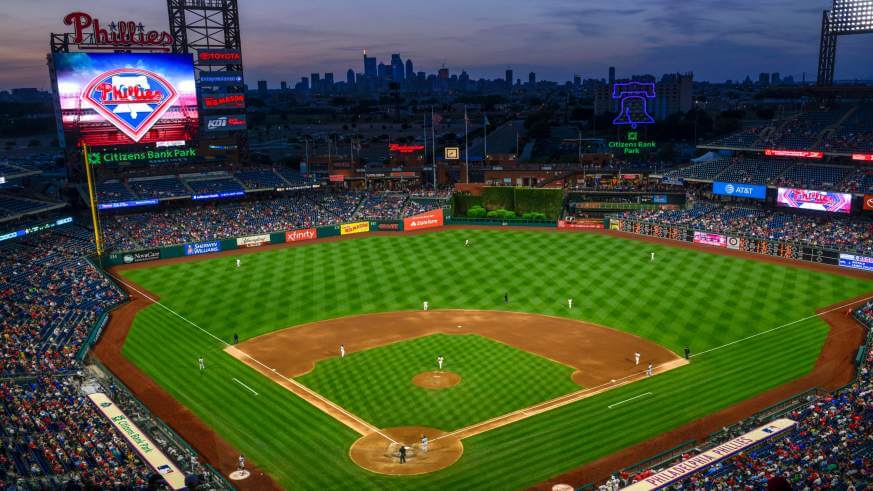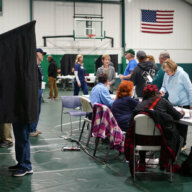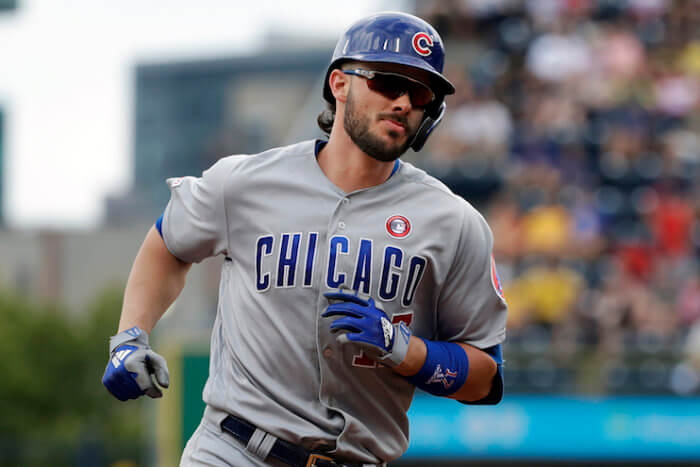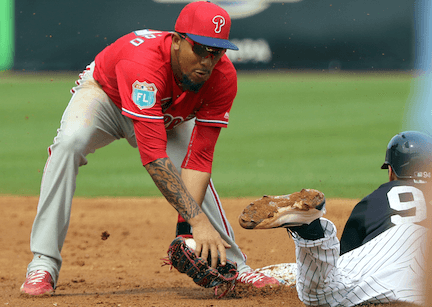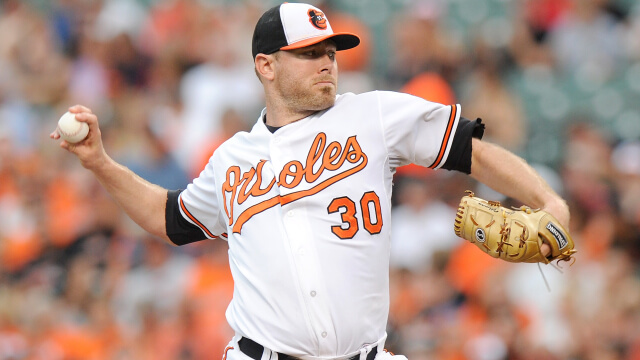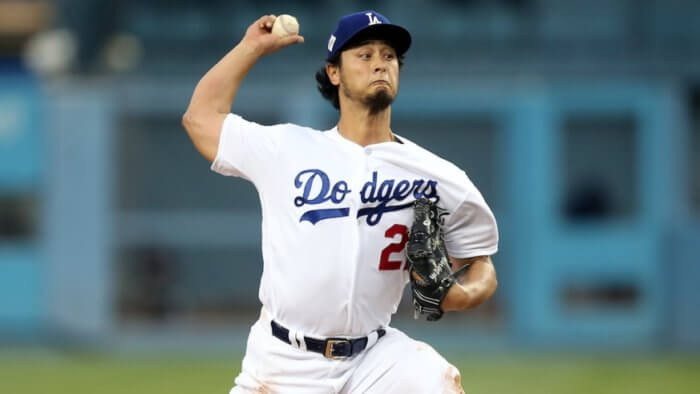There’s a problem coursing through baseball, and it goes well beyond Philadelphia Phillies manager Gabe Kapler choosing which reliever to use by throwing a dart.
Attendance for Major League Baseball games is down 6.6 percent from this time last year, forecasting the third straight season of decline. While the popular excuse is to blame the downturn on early season washouts, Commissioner Rob Manfred recently told The Wall Street Journal he is “concerned that there’s something to it more than weather.”
In Philadelphia, attendance is actually up about three percent from 2017 to 24,855 per game. But considering the Phils are currently 15 games improved over their 22-47 record a year ago, this is no cause for smug satisfaction.
Manfred is correct, of course. The national pastime has systemic ills that go well beyond May rainouts.
There’s a bigger problem here. Three problems that I see, actually:
1. The sport has become too expensive – While attending a Major League Baseball game remains cheaper than watching other sports, it has moved out of the range where heading to the park can be an impulse buy.
The average Phillies ticket this season costs $36, according to the data tracking company Statista. While this is actually cheaper than last year, it still means that – including parking, a few snacks, and a souvenir — a family of four’s visit to the ballpark will be a $250 hit.
2. Baseball lacks identifiable superstars – The NBA has LeBron James, Steph Curry, and many others recognized just by their first name. The NFL has at least six quarterbacks famous to the world. Baseball has . . . uhh.
Yes, Mike Trout is an amazing player. Clayton Kershaw and Max Scherzer may be all-time greats. But, alas, none has any kind of national or international standing. A recent ESPN study of the 100 most famous athletes in the world included zero baseball players.
We can fairly blame poor marketing, but the sport sorely needs players with the magnetic personalities of Ken Griffey, Jr., Randy Johnson, and Big Papi.
3. Pace of the game – I saved the best for last. The average game this season lasts 3:05, up from 2:49 in 2005. Unfortunately, you’re not getting 16 more minutes of action – you’re getting mound visits, replay reviews, and longer between-inning commercials.
Baseball’s pastoral pace has always been an easy target for critics, but even the commissioner concedes the sport has become too . . . damn . . . slow. Eight-man bullpens lead to constant pitching changes. The shift has taken away singles and defense, while analytics has pushed managers into an all-or-nothing, homer-or-strikeout strategy.
I’ll admit it; my first love has become boring.
So, if I were Czar of the MLB, here’s what I’d do:
Ban the defensive shift, and require two infielders on each side of second base. Make every reliever face at least two batters. Eliminate warmup pitches for relievers entering games – what other sports allow subs to practice on the field?
In addition to those changes, I would initiate a 20-second pitch clock and enforce it. Dump the replay and call the strike zone as it’s actually written.
Finally, I would shorten the season back to 154 games, starting a week later, ending the World Series before November and add in a few post-season afternoon games.
Hey, that’s a lot and I’m just scratching the surface. I promise to flesh out these thoughts in a future @MetroPhilly column. Meanwhile, I’d love to hear your ideas. This is our sport, let’s save it.



